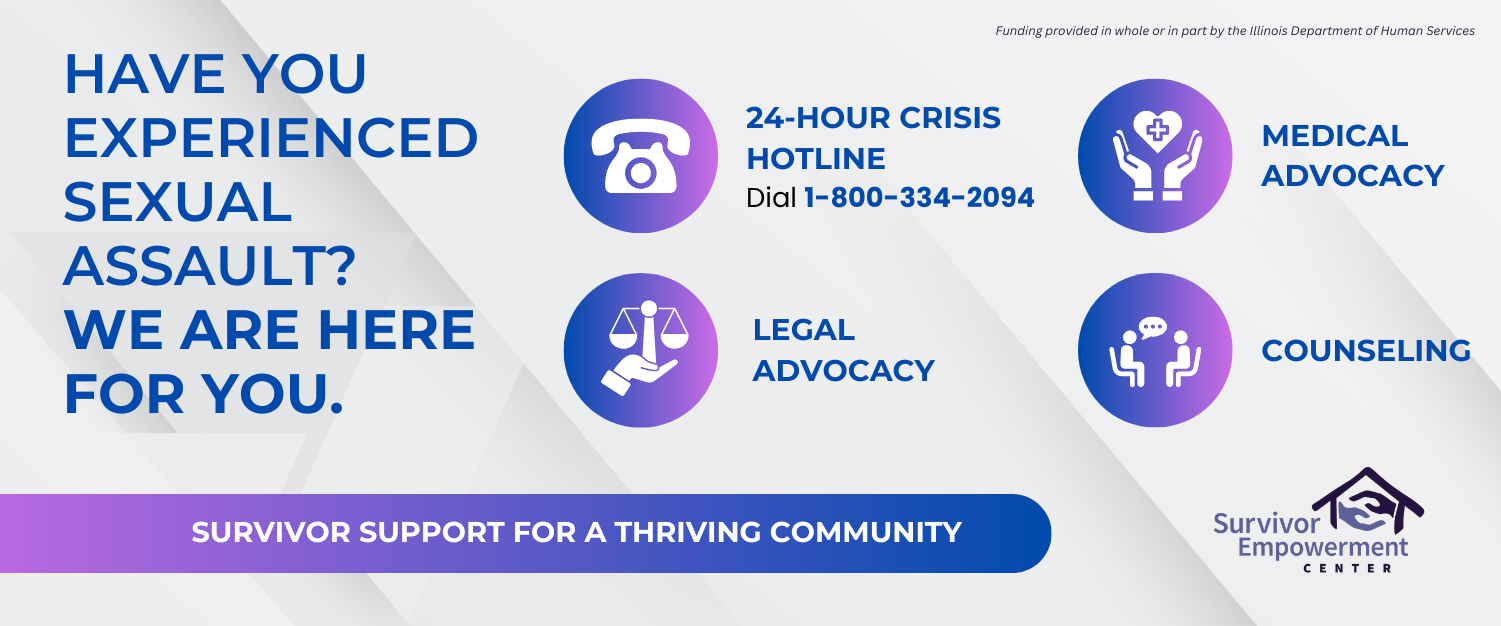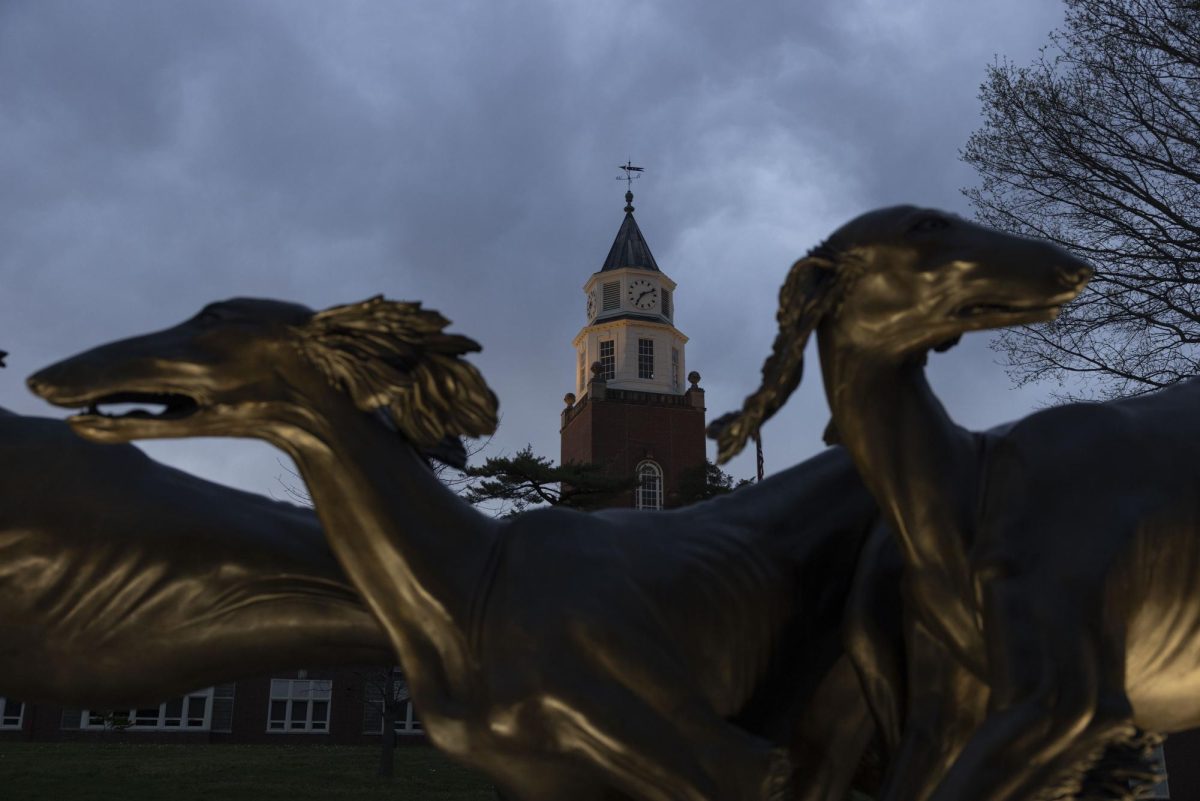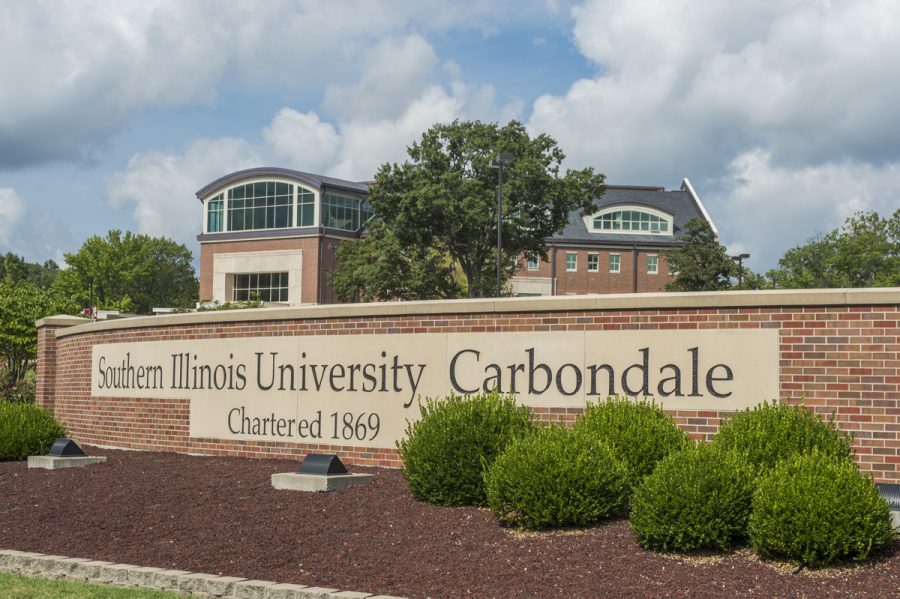Toll Road out of Carbondale’s reach
October 19, 1995
By David R. Kazak
A recently completed Illinois Department of Transportation feasibility study presented at a meeting Wendnesday shows there is not enough traffic between Carbondale and East St. Louis to support a southwest Illinois toll road, and IDOT officials say one will not be built.
But that news does not disappoint local officials who are working towards getting a four-lane corridor opened between the two cities. The corridor is needed, they said, to keep the industry and business environment in Carbondale healthy.
Advertisement
The $400,000 IDOT study, started in February 1994, examined three different possible toll road corridors between Carbondale and East St. Louis, all with a possible extension to I-57 in Marion.
The cost of the road would have ranged between $500 million to $668 million, which would have been paid for by construction bonds. In order to pay off those bonds, as well as maintain the road and pay employees, the study showed the average daily traffic should be between 33,400 and 39,400 vehicles.
But the projected traffic figures show there would only be 7,100 and 9,300 vehicles using the road per day. This would only generate 20 percent of the revenue needed to pay off the bonds, leaving a shortfall of nearly $1.4 billion over the life of the 20-year bonds.
The shortfall would occur, the study shows, even with a 7-cent-per-mile toll, one of the highest toll rates in the nation. The Chicago toll road system charges 3 cents per mile and the New York State Thruway charges 3.1 cents per mile.
IDOT Transportation Planning Manager Todd Hill said with all these factors going against the proposed toll road, it’s construction will not occur.
The state does not have the money to make up the difference this toll road would create, he said .There will not be one built.
Hill said that for a rural area like Southern Illinois, the amount of traffic projected is normal, but he said it is just not enough.
Advertisement*
You need a joining of two large urban centers, Hill said. 3,900 cars for this area is actually a substantial number. It just doesn’t make it worthwhile.
Dan Reitz, chairman of the Swift Committee, which was set up to plan a faster corridor between the St. Louis-metro area and the Carbondale-metro area, said the despite the study’s findings, his committee is not deterred from finding a new four-lane route to St. Louis.
I was hoping IDOT would come back with better news, but they didn’t, he said. This does not mean there is no need for the corridor. There is and we still want to pursue that need.
Reitz said unlike urban areas such as Chicago, where the building of a highway is determined by the traffic needs of the region, a new road between St. Louis and Carbondale is needed to keep local business and industry healthy.
We need (a corridor) for any hope of economic development, Reitz said. We are severely lacking adequate transportation in this area, and without it we can’t grow.
Reitz said the toll road study is only a minor setback for Swift because it was only one option they were considering.
Carbondale Mayor Neil Dillard agreed, saying the toll road was just one step in the process of finding better access to St. Louis.
Now the task for us in Southern Illinois is to work in a better direction and find a way to build that corridor, Dillard, a member of Swift, said. All this study does is remove one possible way this could have been done. It’s now time for Swift and citizens to come together and come up with better options.
Other options Dillard and Reitz offered include improving the road system on a town by town basis. Dillard said four-lane roads are being built just south of the East St. Louis area, as well as just north of Murphysboro. If these two ends could be tied together, Dillard said, then it would be an improvement over what already exists.
In a statement released to the press, Illinois Transportation Secretary Kirk Brown said. Our federal and state road fund revenues have been fully committee for highway and bridge improvements over the next five years.
More than 95 percent of our annual highway program is being used to keep up our existing highways, with very little money available for new highways.
Advertisement









